Gabriel Eduard HABERJAHN is a Norwegian painter. The Haberjahn family, of Norwegian origin - Habrian or Haberian - had settled in Germany at the beginning of the 19th century, before settling in Yverdon in 1831, where Yan-Georg Haberjahn was to receive the bourgeoisie in 1845. He founded a factory. of lampisterie-tinsmith, located in the free zone which is not yet built (currently zone of the station). Gabriel-Edouard Haberjahn who was born in Yverdon on November 4, 1890 is his grandson. In 1905, he became a student of the School of Industrial Arts in Geneva and in 1913 continued his studies in Paris. Back in Switzerland, he carried out decoration work (theater, landscapes…). In 1926, he was called by the Department of Public Instruction in Geneva to teach decorative painting. Then he created the teaching of advertising and technical workshops (photo, engraving, lithography). Haberjahn became, in 1942, dean of the School of Fine Arts, Decorative Arts and of the Normal School of Drawing. A friend describes him with these words: Gabriel Haberjahn is a painter whose talent, endowed with extreme sensitivity, leads us like a poet to dreams, reverie and also meditation. Its palette of rare subtlety allows it to play with a very nuanced and very precise luminosity. Landscape painter, portrait painter, draftsman, engraver, mastering oil and gouache, with surprising and often spontaneous techniques, he is linked to the great poetic reality of the School of Paris of which he is one of the prestigious representatives. Work carried out: creation of a monumental enamel for the Swiss pavilion at the Paris Exhibition in 1937; in 1939, in Zurich, facade of the Watchmaking Palace at the National Exhibition ... In 1912, first exhibition at the Rath Museum with 100 works, then numerous exhibitions abroad (Paris, Prague, Munich, New York). In 1927, he produced the sets for the play entitled Pestalozzi, a creation for the 100th anniversary of the pedagogue's death, a poster (portrait of Pestalozzi) and a woodcut representing Pestalozzi and children. In 1930 he became a member of the commission of the Museum of Arts and History and member of numerous cantonal and federal juries. In addition to the deanery that he will assume for 14 years, he pursues a fruitful and mature artistic activity, traveling through Italy, Provence, fond of Paris and Valais, in particular Champéry. He died in Geneva on May 13, 1956.
Gabriel Eduard HABERJAHN est un peintre norvégien. La famille Haberjahn, d'origine norvégienne - Habrian ou Haberian - s'était installée en Allemagne au début du XIXe siècle, avant de se fixer à Yverdon en 1831, où Yan-Georg Haberjahn devait recevoir la bourgeoisie en 1845. Il fonde une fabrique de lampisterie-ferblanterie, située dans la zone franche qui n'est pas encore construite (actuellement zone de la gare). Gabriel-Edouard Haberjahn qui est né à Yverdon le 4 novembre 1890 est son petit-fils. En 1905, il devient élève de l'Ecole des Arts Industriels de Genève et en 1913 poursuit ses études à Paris. De retour en Suisse, il effectue des travaux de décoration (théâtre, paysages...). En 1926, il est appelé par le Département de l'Instruction Publique à Genève pour enseigner la peinture décorative. Puis il crée l'enseignement de la publicité et des ateliers techniques (photo, gravure, lithographie). Haberjahn devient, en 1942, doyen de l'École des beaux-arts, des arts décoratifs et de l'École normale de dessin. Un ami le décrit en ces termes : Gabriel Haberjahn est un peintre dont le talent, doté d'une extrême sensibilité, nous entraîne comme un poète vers le rêve, la rêverie et aussi la méditation. Sa palette d'une rare subtilité lui permet de jouer avec une luminosité très nuancée et très précise. Paysagiste, portraitiste, dessinateur, graveur, maîtrisant l'huile et la gouache, avec des techniques surprenantes et souvent spontanées, il se rattache à la grande réalité poétique de l'Ecole de Paris dont il est l'un des prestigieux représentants. Travaux réalisés : création d'un émail monumental pour le pavillon suisse de l'Exposition de Paris en 1937 ; en 1939, à Zurich, façade du Palais de l'horlogerie à l'Exposition nationale... En 1912, première exposition au Musée Rath avec 100 œuvres, puis nombreuses expositions à l'étranger (Paris, Prague, Munich, New York). En 1927, il réalise les décors de la pièce intitulée Pestalozzi, une création pour le 100e anniversaire de la mort du pédagogue, une affiche (portrait de Pestalozzi) et une gravure sur bois représentant Pestalozzi et des enfants. En 1930, il devient membre de la commission du Musée d'art et d'histoire et membre de nombreux jurys cantonaux et fédéraux. Outre le décanat qu'il assumera pendant 14 ans, il poursuit une activité artistique fructueuse et mûre, voyageant en Italie, en Provence, aimant Paris et le Valais, en particulier Champéry. Il décède à Genève le 13 mai 1956.
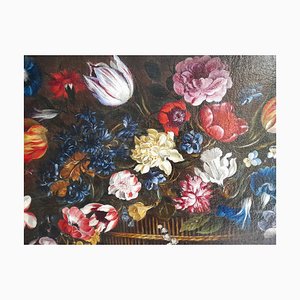
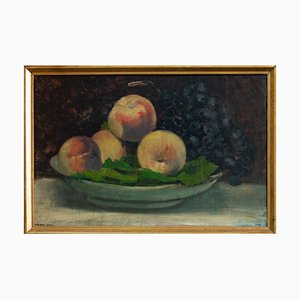
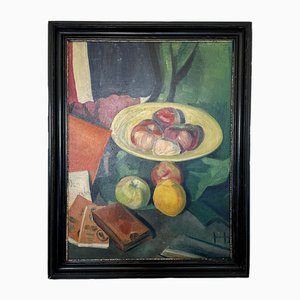
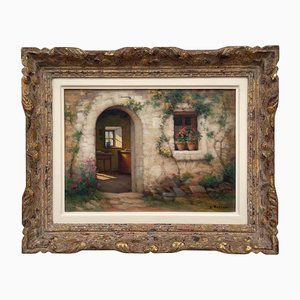
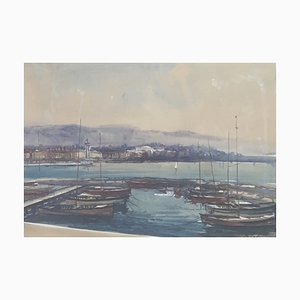
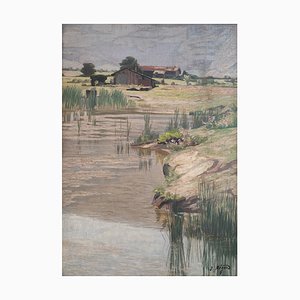
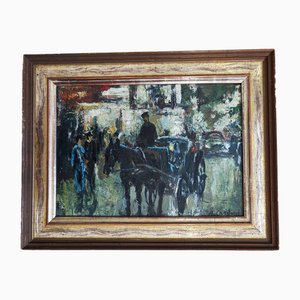

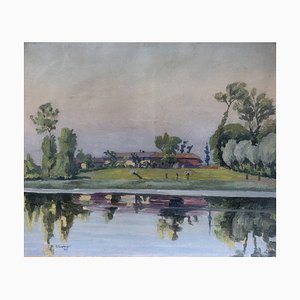
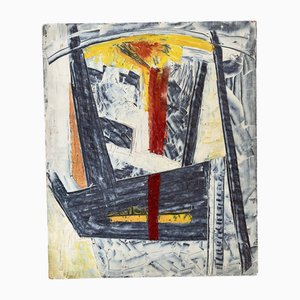


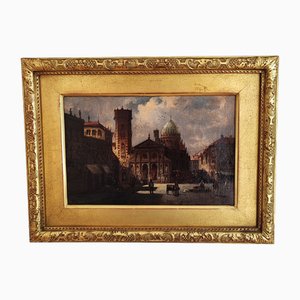
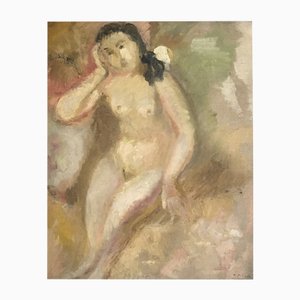
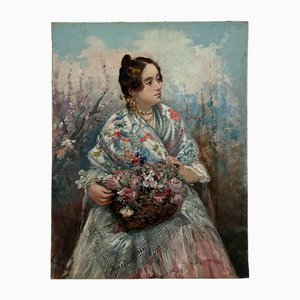
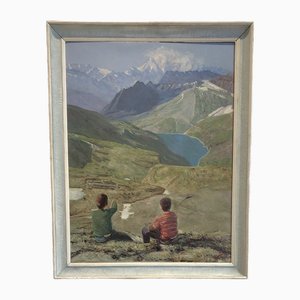



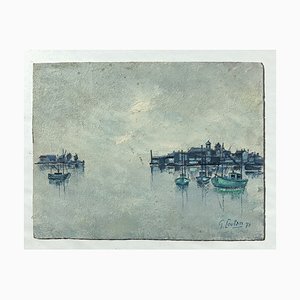
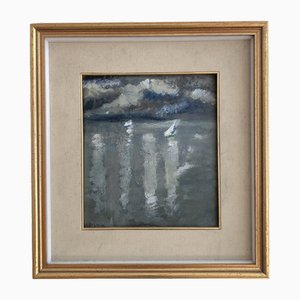
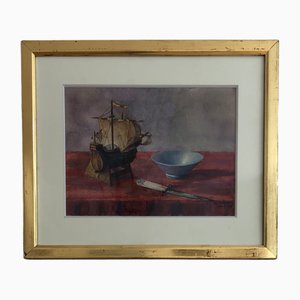
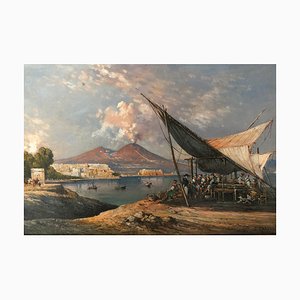
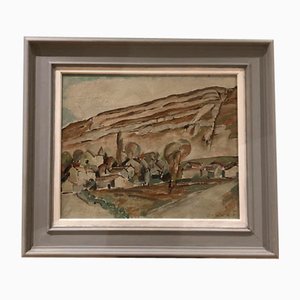
Contactez-nous
Faire une offre
Nous avons remarqué que vous êtes nouveau sur Pamono !
Veuillez accepter les Termes, Conditions et Politique de Confidentialité
Contactez-nous
Faire une offre
Vous y êtes presque!
Pour suivre votre conversation sur la plateforme, merci de compléter votre enregistrement Pour procéder avec votre offre sur la plateforme, veuillez compléter l’enregistrement.Envoyé!
Merci pour votre message, un membre de notre équipe vous contactera rapidemment
Si vous etes un professionnel du design, merci de vous inscrire ici pour pouvoir profiter de bénéfices exclusifs